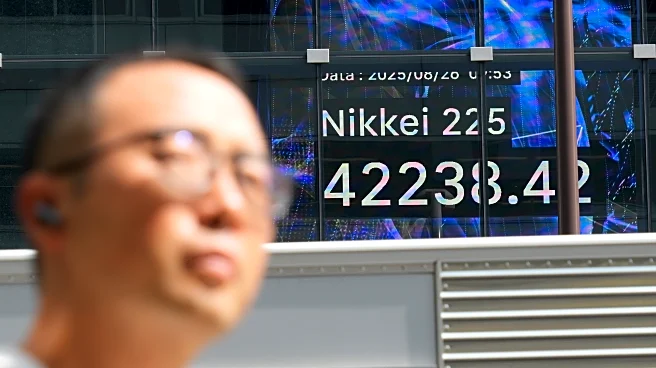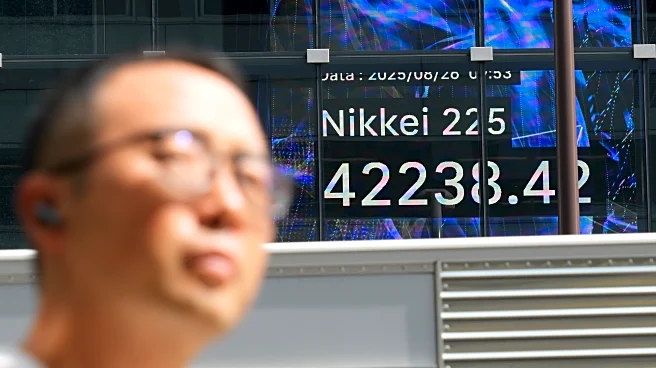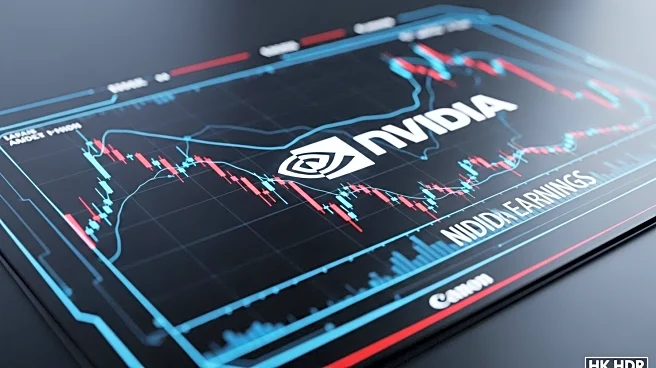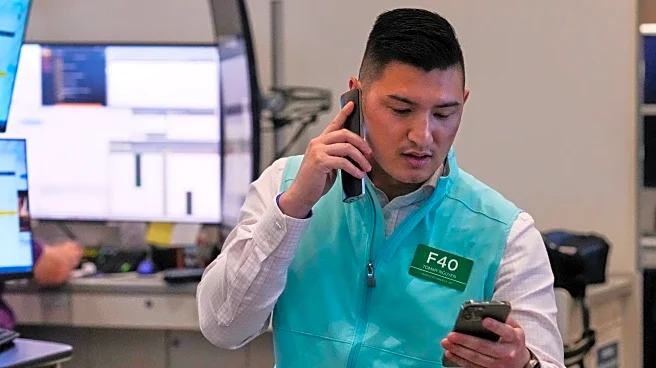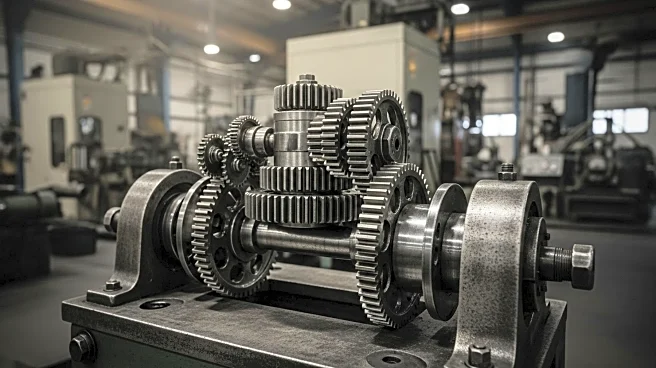What's Happening?
New orders for U.S.-manufactured capital goods increased more than expected in July, indicating strong business spending on equipment at the start of the third quarter. The Commerce Department reported a 1.1% surge in core capital goods orders, following a revised 0.6% decline in June. Shipments of non-defense capital goods excluding aircraft rose by 0.7%, marking the largest gain since April 2023. Despite these positive indicators, a survey from the Conference Board revealed weakening consumer confidence in the labor market, with perceptions of job availability at their lowest in over four years.
Why It's Important?
The resilience in business equipment spending suggests that companies are investing in growth despite challenges such as rising tariffs and labor market uncertainties. This investment is crucial for maintaining economic momentum and could lead to increased productivity and innovation. However, the weakening confidence in the labor market poses risks to consumer spending, which is a significant driver of economic activity. The divergence between business investment and consumer sentiment highlights the complexity of the current economic landscape, influenced by trade policies and inflation concerns.
What's Next?
Businesses may continue to focus on cost management strategies, including labor cost control, to preserve margins amid tariff-related expenses. The Federal Reserve's potential interest rate adjustments could impact future investment decisions. Monitoring consumer sentiment will be essential to gauge potential shifts in spending behavior, which could affect overall economic growth. Policymakers might need to address labor market concerns to bolster consumer confidence and support sustained economic recovery.


